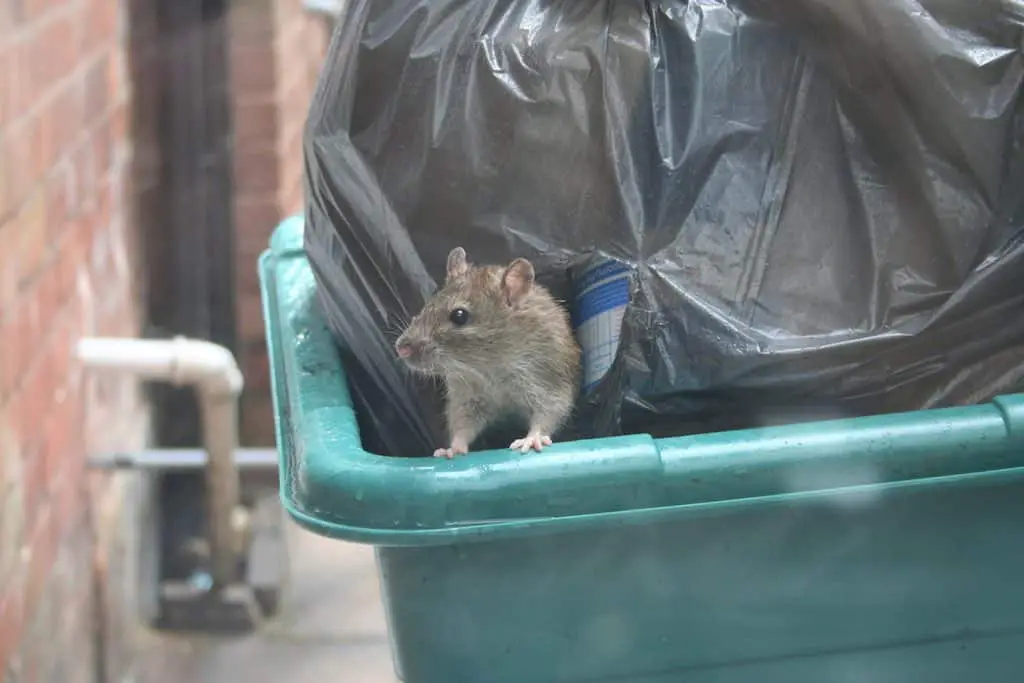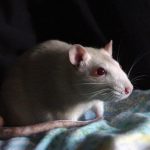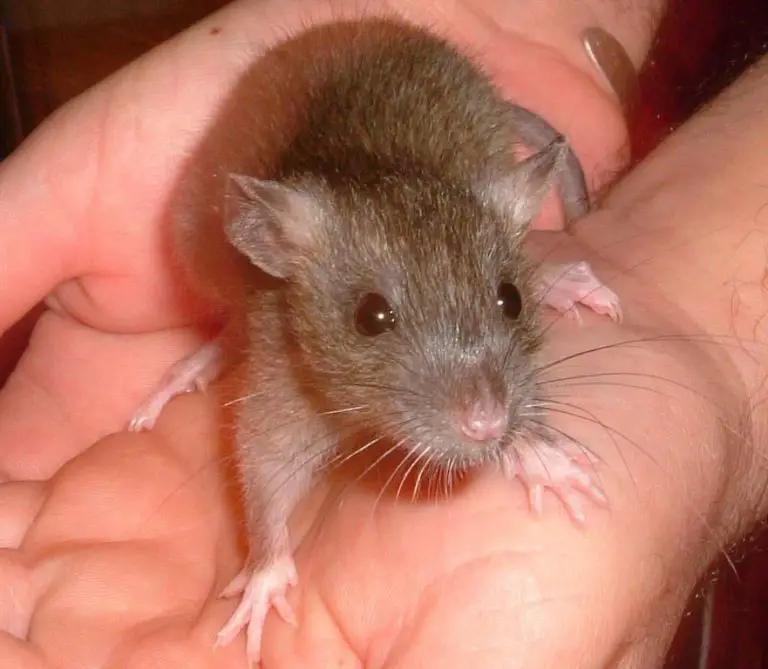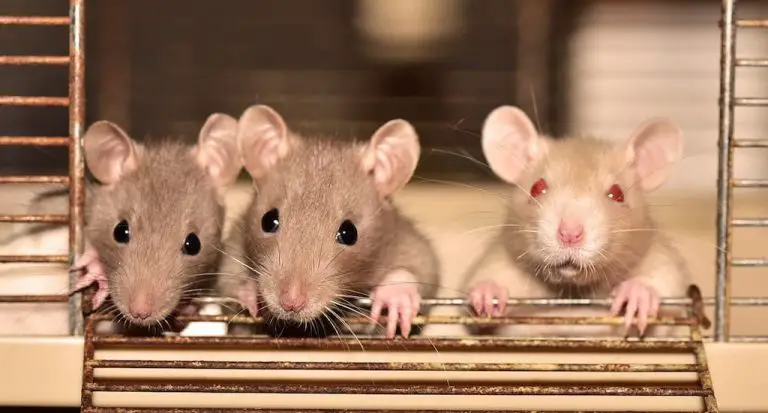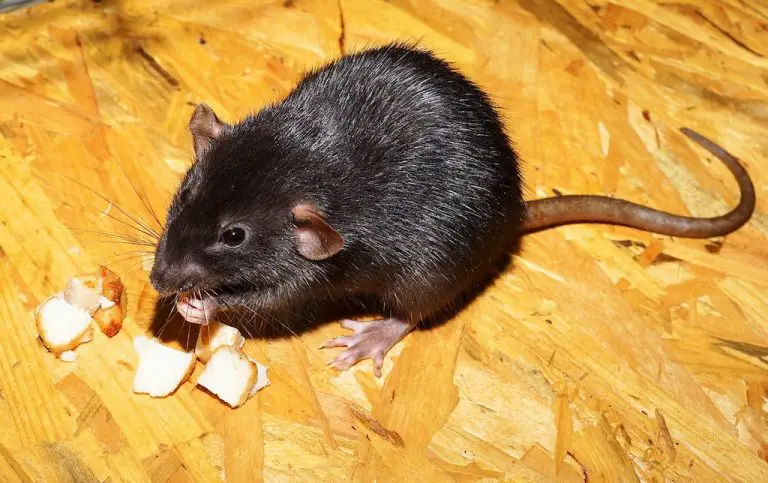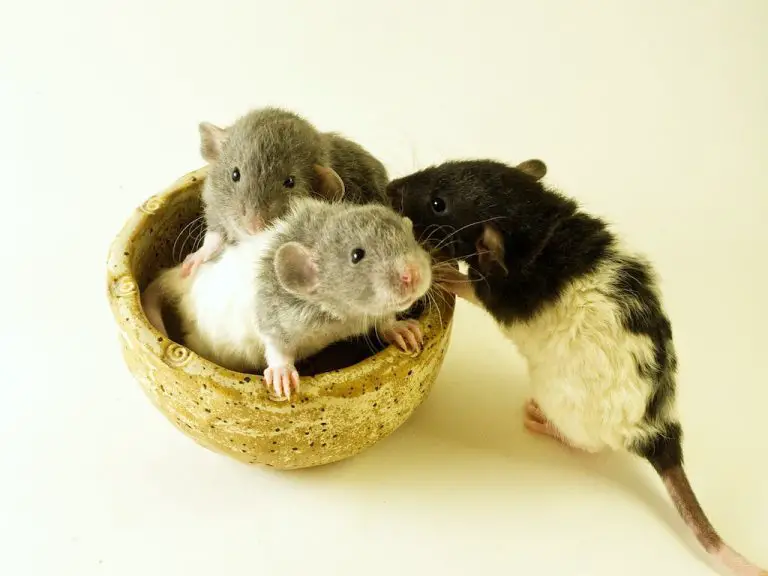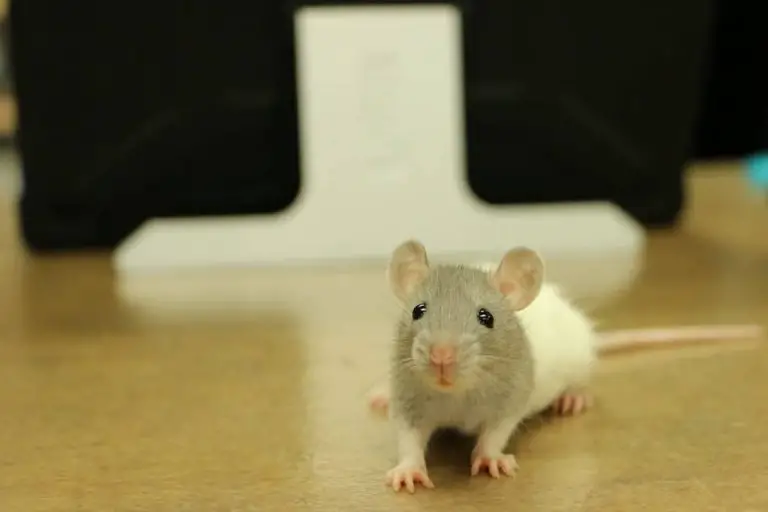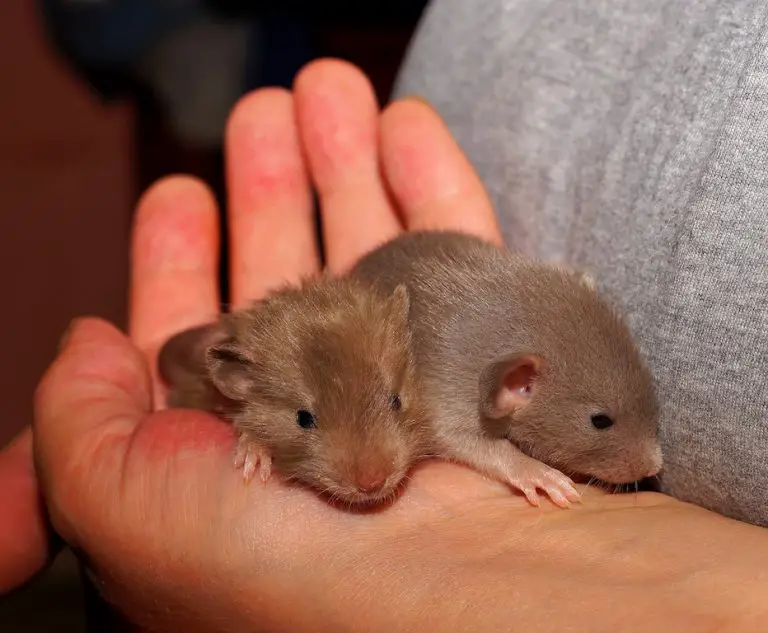Wild Rat Vs Pet Rat
The rat is a common pest for homeowners and can cause tremendous damage to any sort of structure or vehicle. But not all rats are those destructive rodents we all hope to keep out of our living space. So how can I tell whether I am encountering a wild rat vs a beloved pet rat?
Wild rats and pet rats can be similar in many ways. It is not always easy to determine the differences between wild and pet rats. But there are some key differences in behavior, lifestyle, temperament, and appearance that make wild rats and pet rats different.
By looking at a rat and watching how it lives, there are several key aspects that you can look for to determine a wild rat from a domesticated rat. Read on to learn more about the differences between wild and pet rats.
Wild Rats Vs Pet Rats
Domestic or pet rats are actually a fairly recent development in the history of rats. Most pet rats have been bred as domesticated rats from wild Norwegian rats in the twentieth century. Over the past century, they have been bred together to create all the different varieties of pet rats that are found today.
Wild rats have been a part of human history for centuries and have traveled around the world with humans, settling into various parts of the world and creating new homes. Since rats are very small creatures, they easily tag along on boats, trains, and other modes of transportation.
All pet rats are descendants of wild rats.
- Many years of breeding have created the two types of rats that we have today
- Domesticated rats have several important differences that make them more suitable to live as a house pet
Keep reading to learn about the differences that make pet rats different from their wild counterparts.
Wild Rat Vs Pet Rat: Food Preferences
Wild and domesticated rats are quite different with regard to how they get their food and what they eat. Since both live in different environments, they have different access to food.
All rats are omnivores, which means they will eat both meat and plants. Wild rats are not picky about what they eat. They will eat anything that is easily accessible and near their home. Different environments produce different types of food and the wild rat will eat whatever is close and will not poison them.
Rats eat many times a day so wild rats spend much of their time searching for their next meal. Rats are typically nocturnal, so they do most of their scavenging at night.
Pet rats do not have to scavenge for their meals and can be more picky about what they like and dislike. The diet of a domestic rat mainly consists of store bought food pellets that are sold at pet food stores. Domestic rats will also be fed a variety of fruits and vegetables depending on their caretaker and their own preferences.
Wild Rat Vs Pet Rat: Temperament
Rats are generally not social creatures. They live in packs but spend most of their time scavenging alone. Wild rats dislike humans and will only come near them if they sense food nearby. Wild rats also will try to defend themselves if they are backed into a corner and are more likely to bite.
Pet rats enjoy spending time with humans and can be quite affectionate towards their owner. They get along well with other domestic rats. Pet rats are more social than their wild counterparts but they will still bite if they feel threatened.
Wild Rat Vs Pet Rat: Lifespan
Wild rats live a shorter amount of time than pet rats. Rats overall do not have a long life expectancy to begin with.
Wild rats have a life expectancy of one to two years. Pet rats can live up to two to three years with their owners. That is almost double the life expectancy for a pet rat than a wild rat!
There are several factors on why pet rats can live much longer than wild rats:
- Wild rats have much more stress in their life. They must avoid predators and scavenge for all their food.
- Pet rats have safe homes with little stress and do not need to worry about their food source.
- Pet rats will be taken to a veterinarian at signs of sickness whereas wild rats usually die from any sickness they encounter.
Overall, pet rats have a luxurious lifestyle which allows them to avoid most of the dangers and stresses of living in the wild. It would make sense that pet rats live much longer than wild rats.
Wild Rat Vs Pet Rat: Survival Skills
Wild rats have adapted to the environment that they live in and can adjust to fluctuation in food sources and predators. They have instincts that allow them to avoid dangers and give them a better chance at surviving in any wild environment.
Pet rats do not naturally have the instincts or skills needed to survive in the wild. If a pet rat were to venture outside of captivity, they would most likely die shortly afterward. Disease, lack of food, stress, and predators are likely to cause an early death for pet rats in the wild.
How Do Wild Rats and Pet Rats Differ in Appearance?
If you know what to look for, there are several differences between the appearance of a wild rat and a pet rat. These differences are created by the difference in lifestyles between the two types of rats and the purposeful breeding of domesticated rats.
Both the size and color of a rat can serve as an indicator of what kind of rat it is.
Size of Wild and Domesticated Rats
A wild rat will be shorter and thinner than a pet rat. A typical pet rat can reach the length of eleven to twelve inches. However, wild rats will not grow longer than nine or ten inches.
A domesticated pet rat can typically count on having plenty to eat on a daily basis and will be much heavier than a wild rat. Wild rats can only eat what they scavenge for each day and they expel a lot of energy to do so. Therefore, wild rats are typically much more slim than pet rats.
If you see a long, fat rat. It is safe to say that it is likely to be a domestic rat. If the rat is slim and shorter, it is more likely to be a wild rat.
Color of Wild and Domesticated Rats
Pet rats have been bred together for over a century, which has created a large variety in the colors of domesticated rats that are found today. Pet rats can be found in a range of colors including:
- Black
- Brown
- Tan
- Gray
- Whie
- Beige
Wild rats do not come in such a wide range of colors. Most wild rats will either have brown or black fur. The variety of colors in pet rats is one of the reasons they are desirable as a house pet. The white rat is a household favorite that will rarely be seen in the wild.
Life in Captivity
Domestic rats thrive well in a life of captivity. They do not have to scavenge for their food and there are no predators to avoid. Disease is also not as much of a threat for pet rats.
Wild rats, however, have a difficult time adjusting to life in captivity. Wild rats are used to finding places to hide to protect themselves, but are unable to do that easily when held in captivity. The stress of being captured and forced to live in a different environment might prove to be too difficult for a wild rat and they may die from the stress.
Conclusion
Pet rats and wild rats look similar in appearance and it can sometimes be difficult to tell the difference. Size and color are key differences between wild and pet rats. There are other key differences in food sources, lifespan, and temperament. These key differences make pet rats more suitable for indoor living and wild rats suitable for life outdoors and in the wild.

